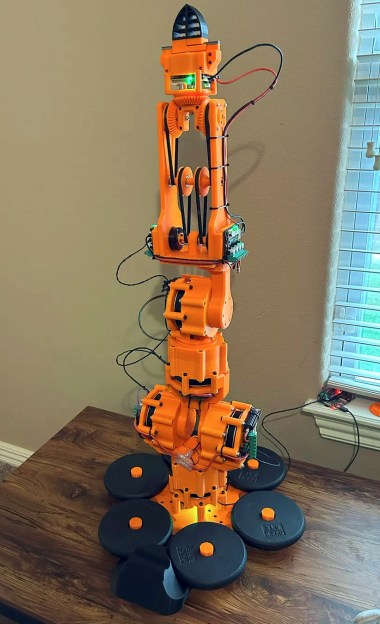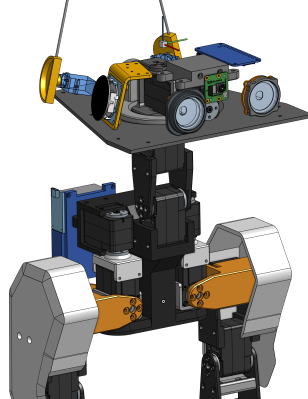If you want to get started in microfluidic robotics, [soiboi soft’s] salamander is probably too complex for a first project. But it is impressive, and we bet you’ll learn something about making this kind of robot in the video below.
The pneumatic muscles are very impressive. They have eight possible positions using three sources of pressure. This seems like one of those things that would have been nearly impossible to fabricate in a home lab a few decades ago and now seems almost trivial. Well, maybe trivial isn’t the right word, but you know what we mean.
The soft robots use layers of microfluidic channels that can be made with a 3D printer. Watching these squishy muscles move in an organic way is fascinating. For right now, the little salamander-like ‘bot has a leash of tubes, but [soiboi] plans to make a self-contained version at some point.
If you want something modular, we’ve seen Lego-like microfluidic blocks. Or, grab the shrinky dinks.






















